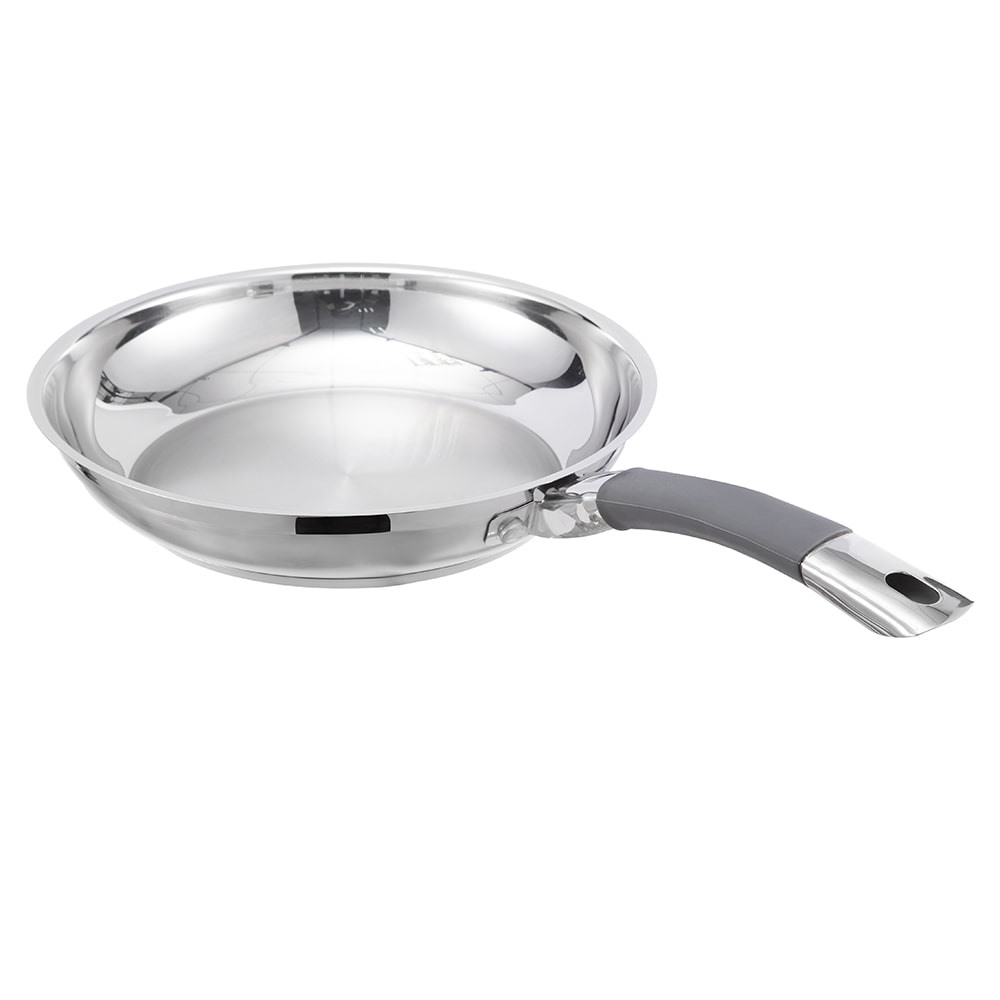For many home chefs and cooking enthusiasts, the pursuit of the perfect piece of cookware is a never-ending journey. The ideal material would be incredibly durable, distribute heat evenly, resist sticking without chemical coatings, and be easy to clean. Among the various options available, hard anodized cookware has emerged as a leading contender, often praised for its professional performance and rugged longevity. But what exactly sets it apart from traditional non-stick pans or stainless steel?
The term “anodized” refers to an electrochemical process that enhances the natural properties of aluminum. It is crucial to understand that hard anodized cookware is not merely coated with a non-stick substance; the process fundamentally transforms the surface of the aluminum itself. Ordinary aluminum is a soft, reactive metal that can warp under high heat and leach into food, imparting a metallic taste. The anodizing process submerges the aluminum in an acid electrolyte bath and passes an electrical current through it. This causes the surface of the aluminum to oxidize, forming a thick, stable layer of aluminum oxide.
This newly formed surface is what defines hard anodized cookware. The anodizing process creates a surface that is integrally bonded to the underlying aluminum, making it exceptionally hard and non-porous. Unlike a applied coating, this layer cannot peel, chip, or flake off. In fact, the surface of hard anodized cookware is second only to diamonds in hardness on the Mohs scale, which speaks directly to its legendary durability. This process also eliminates the reactive nature of raw aluminum, creating a completely inert and safe cooking surface that will not interact with food.
A primary reason for the popularity of this type of cookware is its impressive array of functional benefits. The most frequently cited advantage is its exceptional durability. The rock-hard surface is highly resistant to abrasion, meaning it can withstand the use of metal utensils without suffering the scratches that would ruin a conventional non-stick pan. This resilience also makes it resistant to chipping, cracking, and peeling, contributing to a significantly longer lifespan than most other cookware types. For individuals who cook frequently and need equipment that can endure daily use, this longevity is a major investment.
Another significant benefit is its superior heating performance. Aluminum is an excellent conductor of heat, and hard anodized cookware retains this core property. The material provides excellent thermal conductivity, which ensures even heat distribution across the entire cooking surface and minimizes hot spots. This eliminates the common frustration of food cooking unevenly, with some parts burning while others remain undercooked. Furthermore, the anodized layer is not only hard but also very efficient at retaining heat, which provides consistent cooking temperatures and improves energy efficiency. Many pots and pans in this category are also designed with additional layers of other metals in their base to further enhance heat distribution and prevent warping.
While the anodized surface is not naturally non-stick in the same way a polytetrafluoroethylene (PTFE) coating is, it is remarkably easy to clean and becomes increasingly non-stick with proper use and seasoning. The electrochemical process creates a porous surface structure that, when treated with a small amount of oil and heated, allows the oil to bond within the pores. This creates a natural, non-stick patina over time. With proper seasoning and care, the surface develops enhanced non-stick properties, reducing the need for excessive cooking fats. For cleaning, its non-porous nature means food particles do not become embedded, and most residues wipe away easily with warm, soapy water. Stubborn messes may require soaking but rarely need abrasive scouring.
From a health and safety perspective, hard anodized cookware presents several advantages. As the cooking surface is made of oxidized aluminum, it is completely inert and will not react with acidic or alkaline foods. This means cooking tomatoes, wine, citrus, or vinegar will not cause metal leaching or alter the taste of the food. This addresses a significant drawback of using uncoated aluminum or cast iron with certain dishes. Furthermore, high-quality hard anodized cookware is typically free from PTFE and perfluorooctanoic acid (PFOA), chemicals often associated with traditional non-stick coatings, especially when overheated. This makes it a preferred choice for health-conscious consumers.
To provide a clear overview of its characteristics, the following table summarizes the key properties of hard anodized cookware:
| Feature |
Description |
Implication for Cooking |
| Surface Hardness |
Extremely hard anodized layer, resistant to scratching. |
Can use metal utensils; highly durable for daily use. |
| Heat Conduction |
Excellent, due to aluminum core. |
Even heating, reduced hot spots, responsive temperature control. |
| Reactivity |
Non-reactive, inert surface. |
Safe for cooking all foods, including acidic ingredients. |
| Non-Stick Qualities |
Requires initial seasoning; improves over time. |
Healthier cooking with less oil; easy food release. |
| Ease of Maintenance |
Non-porous surface resists sticking and staining. |
Easy to clean; often dishwasher safe, though handwashing is recommended. |
Despite its many strengths, it is important to consider a few potential limitations. First, it is generally not induction-compatible because the core material is aluminum, which is not magnetic. However, many manufacturers address this by incorporating a magnetic stainless steel plate in the base of the cookware, making them suitable for induction cooktops. Consumers must check the product specifications to confirm this feature. Secondly, while durable, the material can be susceptible to damage if subjected to extreme thermal shock, such as transferring a very hot pan directly to a cold water bath. This can cause warping or cracking. Finally, the initial cost is typically higher than that of basic non-stick or aluminum cookware, though it is often justified by its extended lifespan.
To ensure the longevity and performance of hard anodized cookware, proper care is essential. Most manufacturers provide specific instructions, but general guidelines are consistent. Before first use, it is advisable to season the cookware by washing it with warm, soapy water, drying it thoroughly, and then applying a thin layer of a neutral cooking oil to the interior. The pan is then heated on the stovetop for a few minutes until the oil shimmers, then cooled and wiped clean. This process seals the microscopic pores and initiates the development of its natural non-stick properties. For daily cleaning, using non-abrasive sponges and mild detergent is recommended to preserve the seasoned surface. While many pieces are dishwasher safe, handwashing is the gentlest method and will best maintain the cookware’s condition over decades of use.
When comparing hard anodized cookware to other common materials, its unique position becomes clear. Unlike stainless steel, it offers natural non-stick properties and superior heat conductivity without needing an aluminum-clad base. Compared to traditional non-stick cookware, it offers far greater durability and avoids concerns about chemical coatings degrading over time. While cast iron holds heat exceptionally well and can be seasoned, it is significantly heavier and requires more meticulous maintenance to prevent rust. The hard anodized option provides a modern, lightweight, and low-maintenance alternative that excels in everyday cooking scenarios.
In conclusion, hard anodized cookware represents a significant achievement in modern cookware technology. It successfully combines the superior heat conduction of aluminum with the unparalleled durability and safety of an electrochemically hardened surface. Its resistance to scratching, non-reactive nature, and ability to develop excellent non-stick properties make it a versatile and reliable choice for a wide range of cooking techniques. While it may require a higher initial investment and specific care to maintain its performance, its longevity and consistent results often make it a cost-effective solution in the long run. For those seeking a durable, high-performing, and health-conscious option that can handle the rigors of daily meal preparation, hard anodized cookware undoubtedly stands out as a superior and ultimate kitchen upgrade.
 No. 1, Jingwei Road, Yangcheng Lake Town, Xiangcheng District, Suzhou City, China
No. 1, Jingwei Road, Yangcheng Lake Town, Xiangcheng District, Suzhou City, China [email protected]
[email protected] +86-13913553688
+86-13913553688
 search
search
 中文简体
中文简体 English
English русский
русский Français
Français Español
Español 日本語
日本語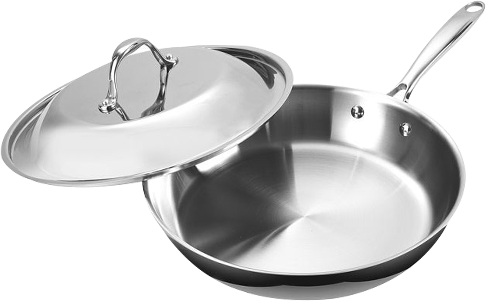
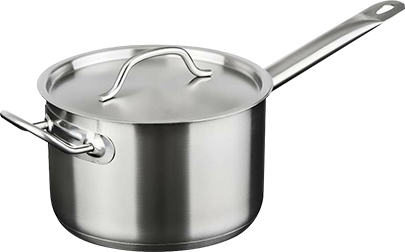
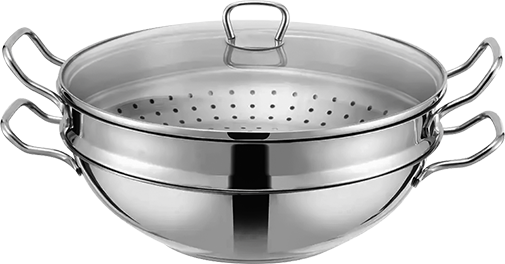




-4.jpg)
-1.jpg)
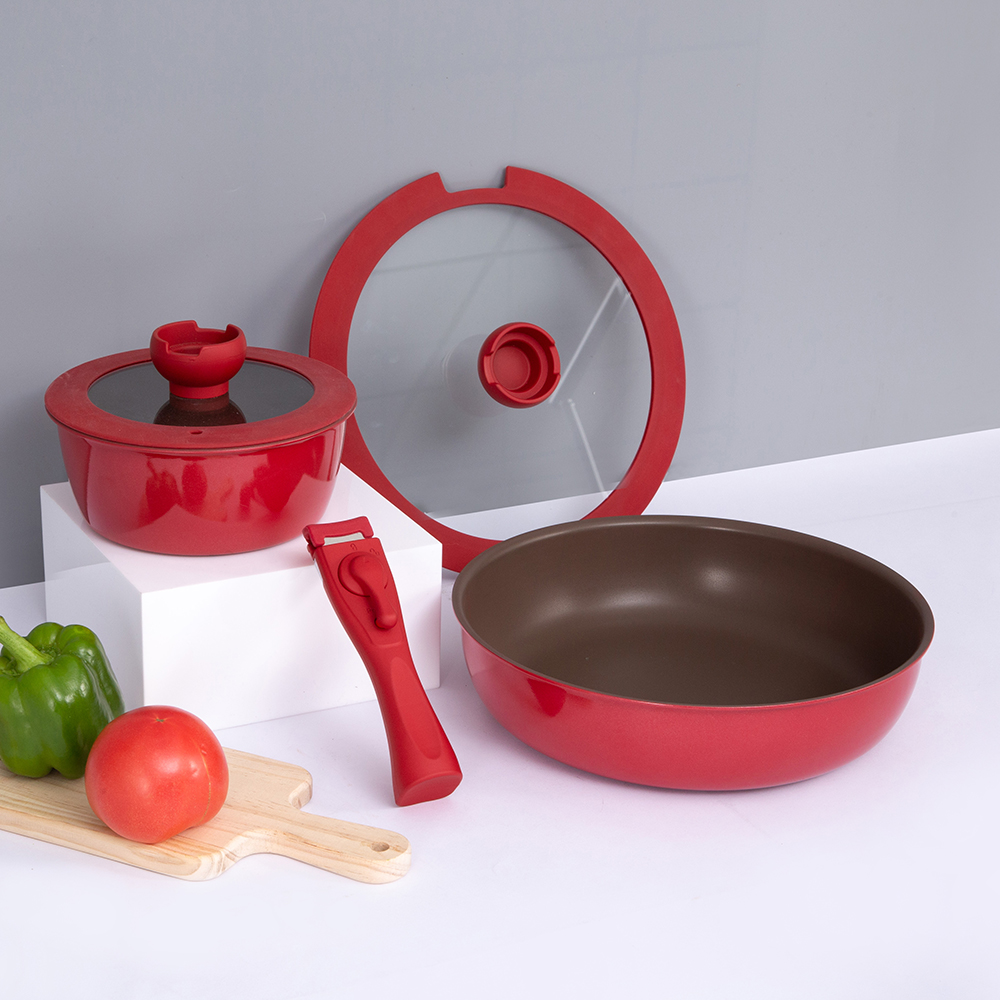
-3.jpg)
-5.jpg)
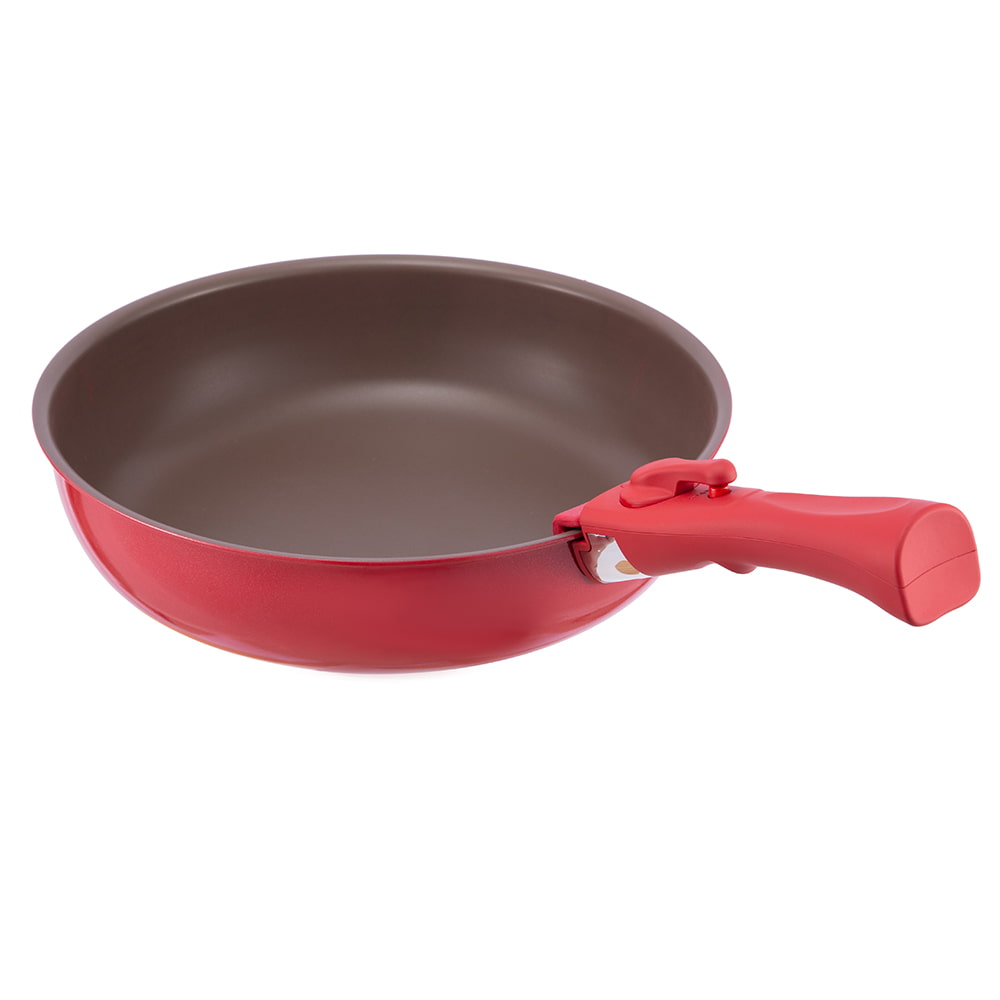
-3.jpg)
-9.jpg)
-3.jpg)
-14.jpg)
